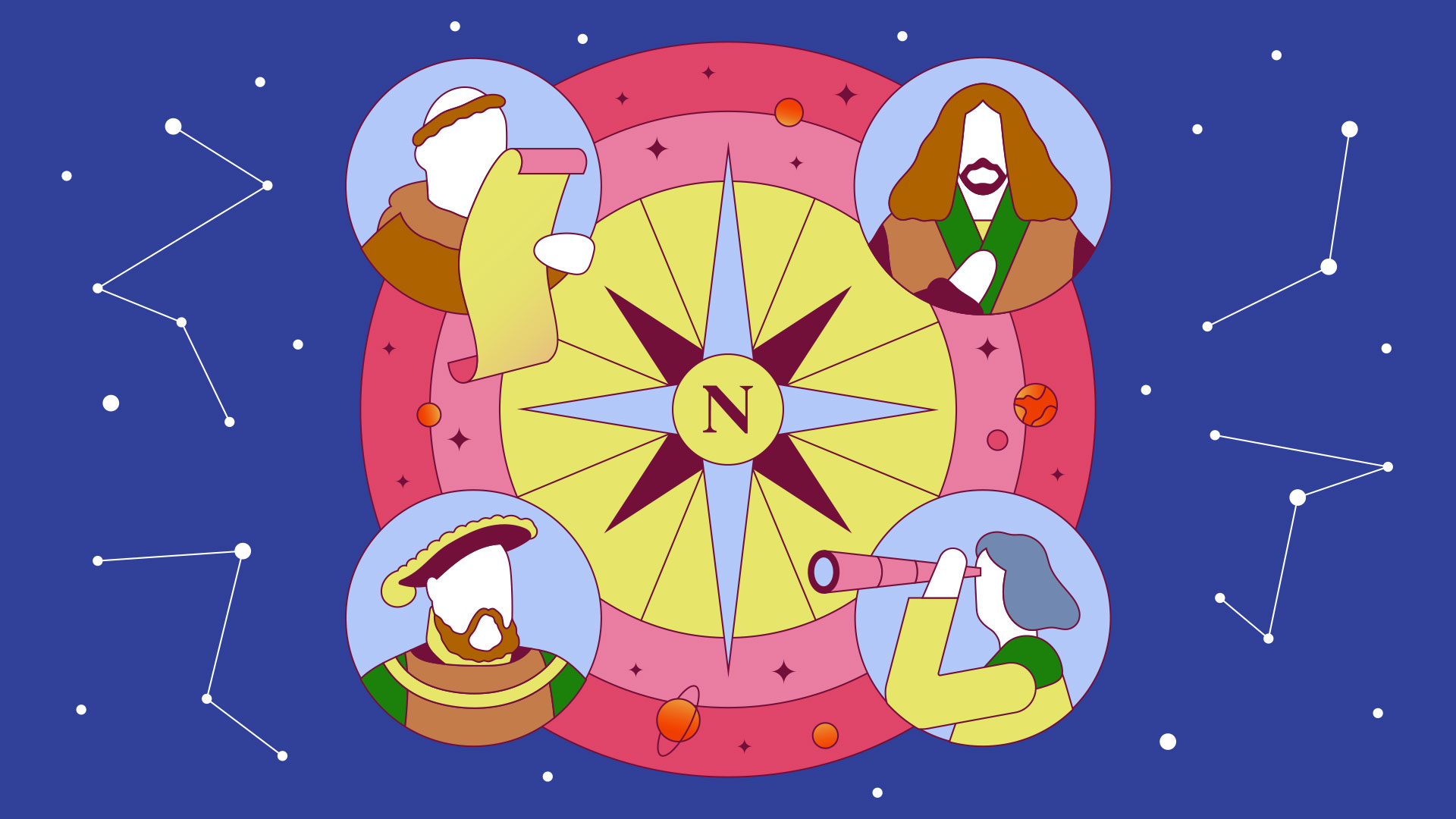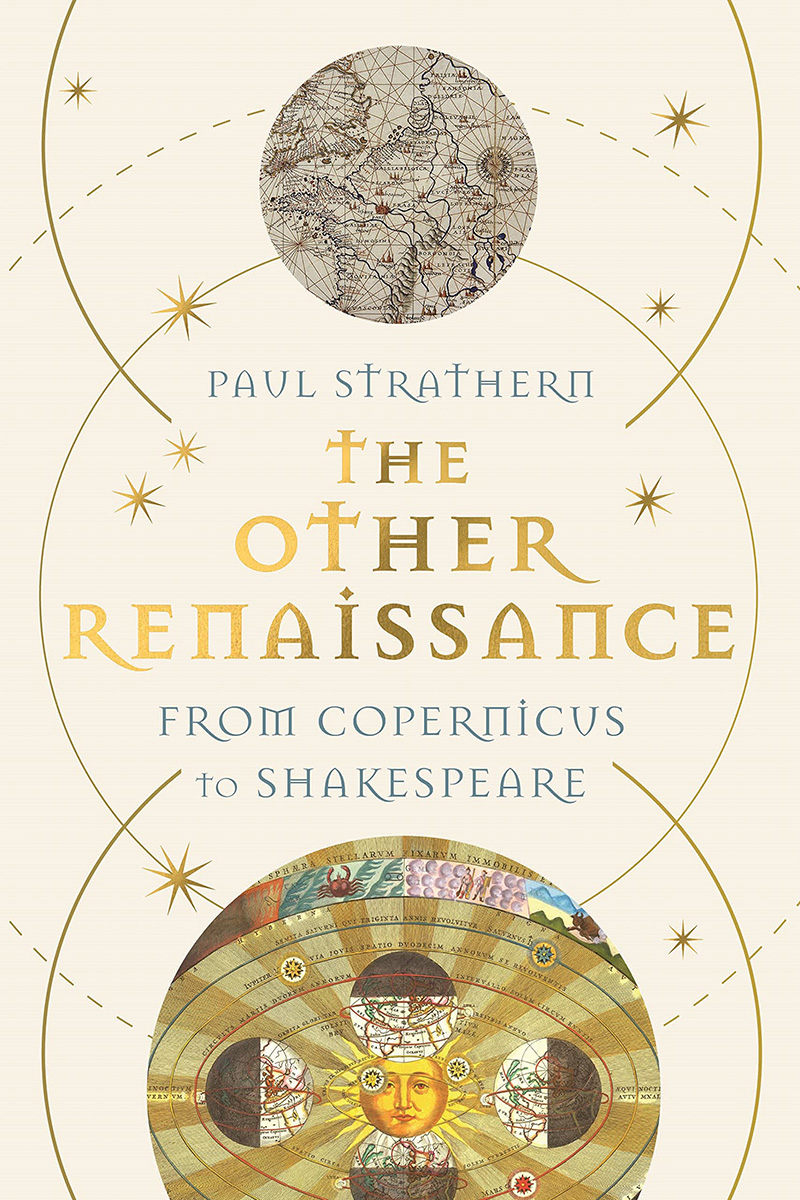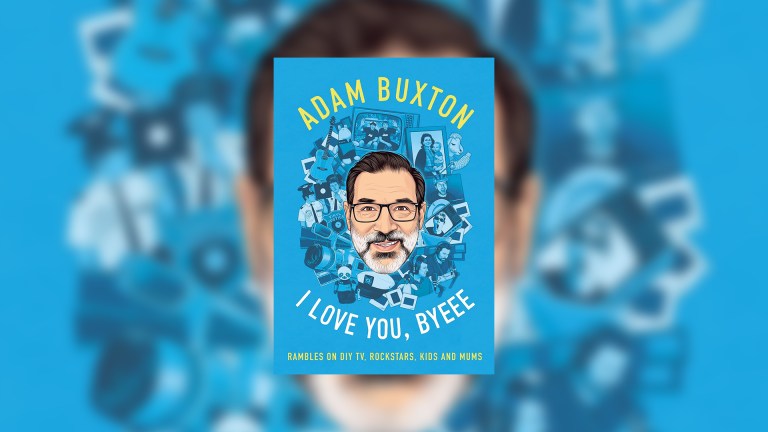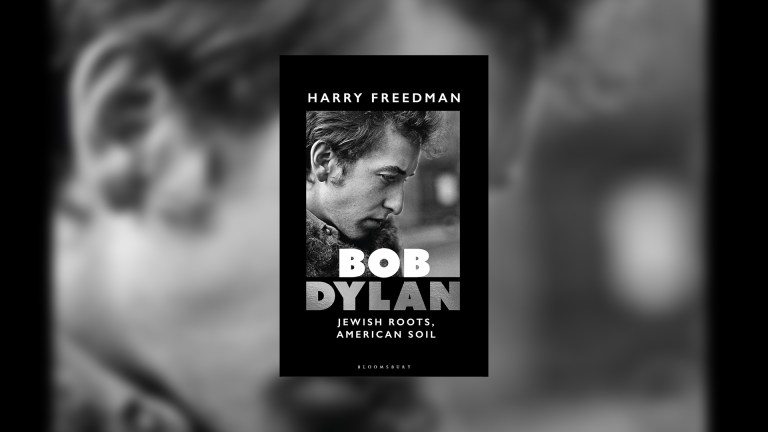When we think of the Renaissance we usually think of Italy, where it began. But there was an ‘Other Renaissance’ which took place in northern Europe. This is often overlooked, even though it would have a similar widespread effect. And arguably, three of the most important events which took place during this era are linked with the Other Renaissance.
Firstly, the development by Johannes Gutenberg in 1439 of the moveable type printing press (which unbeknown to him had been invented in China some centuries previously). This enabled the rapid and widespread dissemination of knowledge in the form of books, rather than painstakingly copied manuscripts.
The second northern development changed the face of Europe forever. This was the religious revolution instigated by Martin Luther when he nailed his 95 Theses to the door of Wittenberg Church in 1517. This brought about the Reformation, ending the hegemony of the Roman Catholic Church in western Christendom. Worshippers could pray directly to God, without the intercession of a priest. This Protestantism largely took hold in the north of the continent. Europe split into two opposing power groups.
The third major development instigated by the northern Renaissance was the proposal, published in 1543 by Copernicus, that the earth was part of a heliocentric system. In this solar system our planet was no longer the centre of the universe, but was in orbit of the sun, as were the other planets such as Venus, Mars and Mercury. Accompanied by the discovery of new worlds beyond Europe, Copernicus’s heliocentric idea would have a subtle but profound effect on Western psychology and self-understanding.
Your support changes lives. Find out how you can help us help more people by signing up for a subscription
In parallel with these developments came new European discoveries about our own world. Not long after Columbus reached the New World, Cabot sailed from England to North America. And following the Portuguese discovery of a sea route around Africa, the Dutch established themselves in Indonesia, the English in India. Just as the world could no longer regard itself as the centre of the universe, so Europe recognised that it was no longer the centre of the world.











